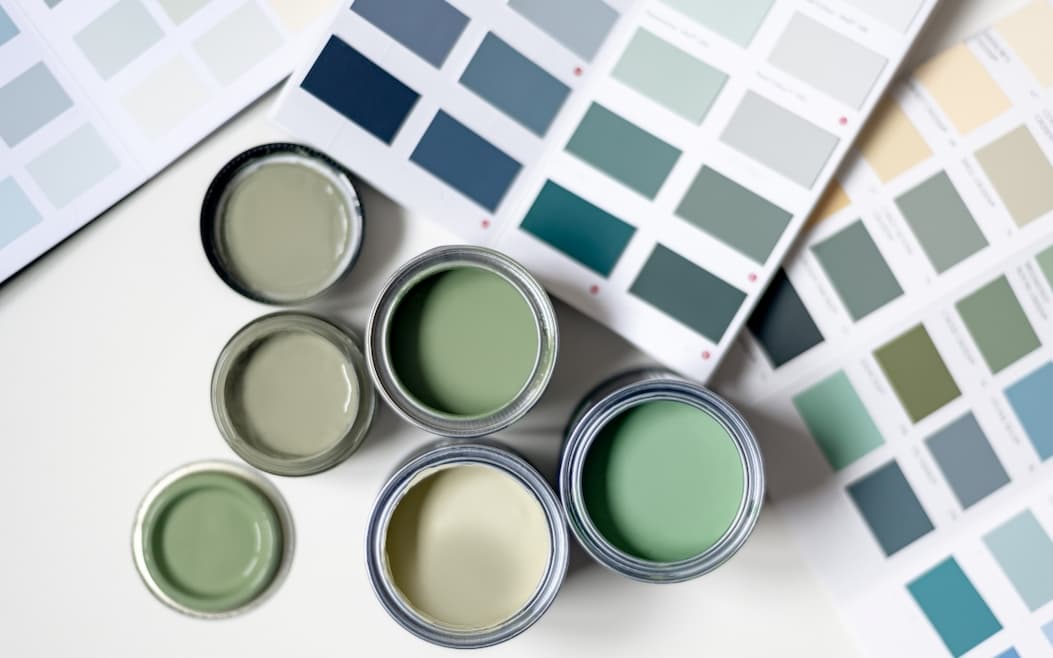Zinc Oxide
What is Zinc Oxide?
Zinc oxide is a mineral and one of the main active ingredients in many cosmetic products. It has astringent and antiseptic properties that ease irritation and prevent bacteria from living on the skin, and it is widely recognized as a safe and effective treatment for diaper rash. Zinc oxide is also used as a skin protectant and sunscreen by reflecting and scattering UV radiation.
Want a hot take? While Zinc Oxide may sound like a scary chemical, it is actually a mineral that is very effective at protecting your skin with no known significant human health side effects!
How does Zinc Oxide work?
Zinc oxide can come in many different forms to apply topically on your skin. It can be applied as a cream, ointment, paste, powder, and a spray. All of these applications work by forming a barrier on top of the skin that protects from moisture and irritants. The protective barrier from bacteria and moisture serves as protection from the sun, and can also treat different types of skin conditions, like minor abrasions, burns, chafing, diaper rash, insect bites, and other minor skin irritations.
Is Zinc Oxide “good” for my health?
Topical zinc oxide products have been available in the U.S. since before 1938 and, since then, no significant side effects have been reported. While the use of zinc oxide in cosmetic products has not been linked to significant side effects, the same cannot be said for the workers in factories that are constantly exposed to breathing in the substance. When Zinc or Zinc alloys are heated to high temperatures during activities like welding, galvanizing, and smelting, it creates zinc oxide fumes. When breathed in these fumes can cause a condition called “metal fume fever.” Symptoms of this illness are similar to the flu and can include metallic taste in the mouth, headache, fever and chills and may last for a day or two.
Is Zinc Oxide harmful to the environment?
Every ingredient has some sort of impact, and it’s important to note that zinc oxide can come in different particle sizes: nano zinc oxide (nZnO) and non-nano zinc oxide (ZnO). When you reach for those zinc oxide-based cosmetics and creams, be sure to choose the non-nano kind. ZnO is great because its particles are bigger in size (at least 5x bigger) than those of nanoparticles, which gives them broad UVA protection properties and decreases their ability to be absorbed by our skin, plants, and other organisms in the environment.
While nZnO sunscreen is still super effective at blocking the sun’s rays and its small particles mean it can be more easily rubbed into a transparent layer on the skin, these particles are so small that they can also be absorbed by organisms in the environment, our skin, and even cell walls. While we have little understanding of the potential environmental and biological impacts of nZnO, we do know that these particles have proven to be more toxic towards algae than ZnO. In the absence of the proof that nanoparticles are environmentally and biologically harmless, we highly recommend avoiding them.
What kind of products are made with Zinc Oxide?
Zinc oxide can be found as a main ingredient in skin protection creams and ointments, like sunscreen and diaper rash cream. It also has protective properties that make it effective in other cosmetic products like makeup, nail products, bath soaps, and foot powders.
Are there certifications I should look out for?
There are no certifications specific to zinc oxide, but we recommend avoiding nano zinc oxide.
Still want to learn more? Check out some of our favorite references:
- Zinc Oxide Uses & Applications | Chemistry Safety Facts
- The Best Natural Diaper Cream | Finch
- Zinc oxide cream (Desitin and Others): Uses and Facts
- Effects of zinc-oxide nanoparticles on soil, plants, animals and soil organisms: A review - ScienceDirect
- Titanium dioxide and zinc oxide nanoparticles in sunscreens: focus on their safety and effectiveness
- Toxicities of nano zinc oxide to five marine organisms: influences of aggregate size and ion solubility
- Effect of surface properties on nanoparticle-cell interactions
Finch is your guide to all things sustainability.
Unlock unlimited articles, comprehensive product guides, and sustainable product recommendations to help you make better decisions every day.
SubscribeLearn more about our sources and methodology
LEARN MORE









